What camera should I buy? An overview of camera systems and recommendations not just for Christmas
And now for something completely different – photography. Or, to be precise, cameras. The photos on the Wine Rambler may not always show it but I do spend a lot of time with the camera these days, and – partly due to an extensive travel schedule over the past years – I also spent much time at airport camera shops. As a result I have handled most cameras currently available and I thought I share my impressions of the different systems as it may be useful for those of you considering a new camera for Christmas (or any other occasion).

I will illustrate this article with a selection of my photos to make this more engaging and also to give you a chance to read my comments in the context of the photography I do.

Let me start by saying that there is no ideal camera, even if money does not matter. As with all tools there are compromises and you have to find the camera system that works best for how you use it. If you are starting out in photography my recommendation would be to get an entry level camera that feels good in your hands. Even the most basic current interchangeable lens cameras are good enough for most uses, in fact the image quality they offer is often better than what professionals used ten years ago. Don’t let any sales person talk you into the latest and most expensive toy - only buy expensive gear if you know why. More megapixels or higher ISO value won’t necessarily make your photos better.
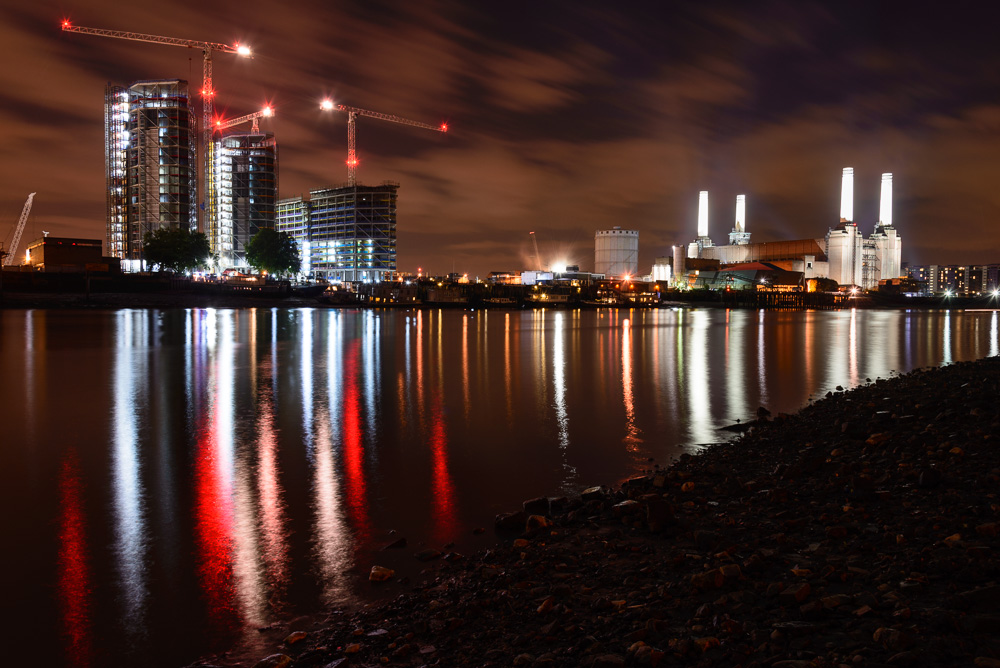
To me there are two essential criteria for selecting a camera. The first is whether it feels good in your hands. The second is whether the system supports the use you have in mind. Are you planning to photograph birds in flight? In that case you need a camera that can autofocus fast and a system that will supply you with lenses that give you the necessary reach. Currently the manufacturers that offer the most complete system overall are probably Canon and Nikon, but that does not always make them the best choice. In the consumer camera range for instance both are lacking a balanced selection of suitable lenses, thus forcing you to buy heavier, bigger and more expensive pro lenses. Other, such as Olympus or Pentax, may be much more attractive.
Camera manufacturers and systems
So let’s look into camera systems briefly and then discuss a selection of cameras for different use cases and types of photographers.
Canon – the largest camera manufacturer with the strongest brand, Canon have a great range of lenses overall and also lots of solid cameras that should satisfy most needs. With the 5D Mark III they offer what I consider one of the most tempting DSLRs on the market and they also have the smallest DSLR in their portfolio. On the negative side their entry into mirrorless cameras was mostly a failure, their sensor development has slightly fallen behind the competition and their range of crop sensor lenses is lacking.

Fuji – have impressed me a lot with the way the support their retro style cameras. They constantly update the software, thereby substantially improving new and older models. Most other camera makers make new features, and sometimes even bug fixes, only available with new hardware, which to me basically says they don’t care about their customers. Fuji also pioneer a new sensor design that is good for low light use and gives great colours and sharpness.

Leica – for those who don’t know Leica let me say that you have to be prepared to give up autofocus, lenses with long reach and also many thousands of Pounds, Euros or Dollars for what some consider an outstanding photography experience. For most people Leica won’t be an option, but if you are attracted to them and can afford their prices I am sure you will enjoy the experience.
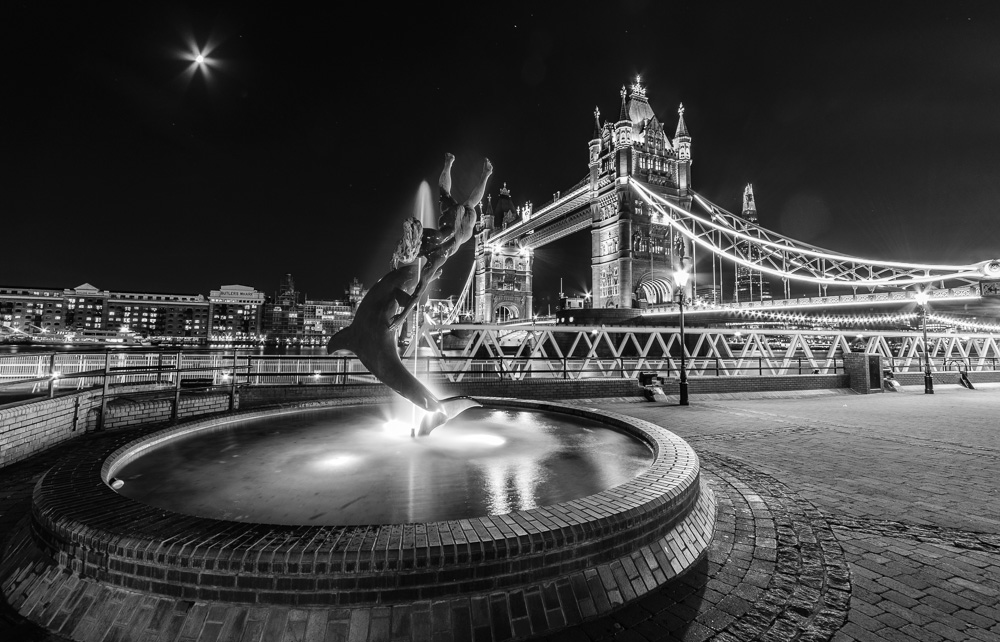
Nikon – the second largest camera manufacturer, Nikon are currently leading the pack with the sensor quality (although by how much is arguable and for the DX range Pentax are as good). Nikon have the mirrorless system with the best autofocus system, the compact camera and the DSLR with the best image quality and a great set of lenses. Like Canon they do neglect the DX lens range though and last year they had issues with their quality control followed by damage control Japanese-style (don’t admit you went wrong).
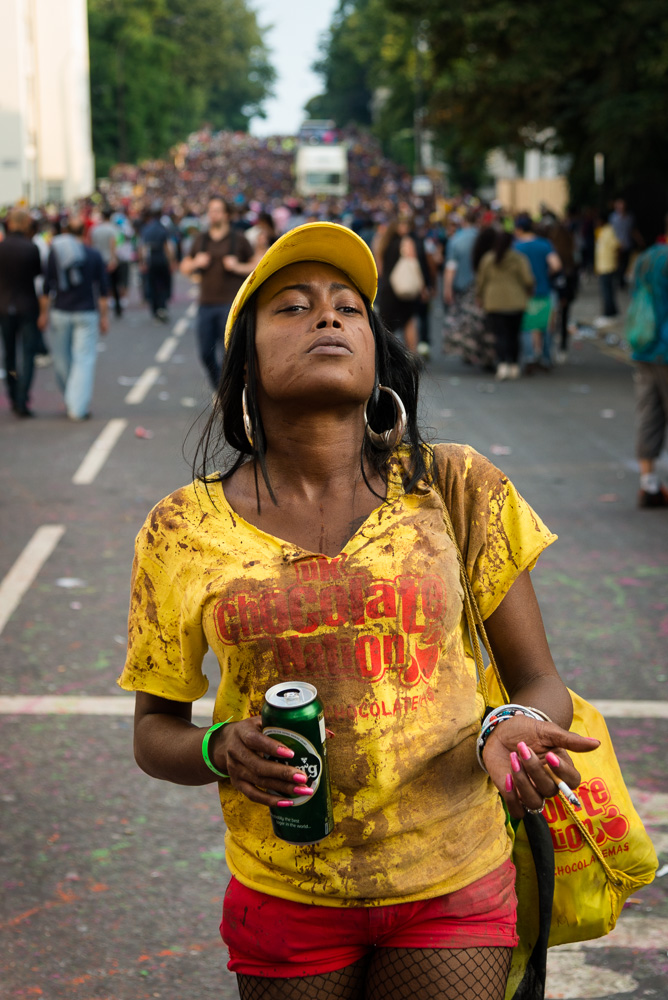
Olympus – offer a range of really good lenses and one of the most versatile cameras on the market, the OM-D E-M1. They have managed to pack many pro features into a small package that is very well built; if you want small but full of features and with good image quality Olympus are a good choice. You can also use Panasonic lenses on Olympus cameras, which means there are a lot of lenses to choose from.
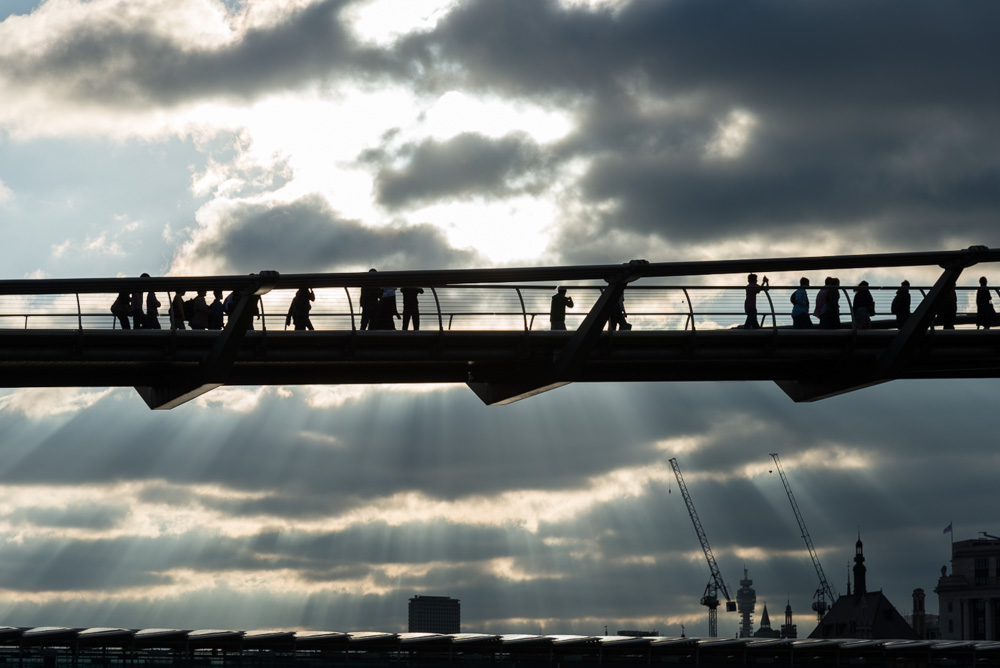
Panasonic – are in some ways similar to Olympus but have a broader range of camera body styles, from the slightly larger models that are unrivalled for video to the quite compact GX7 and the tiny GM1. They are the first choice for video shooters. And you can also use Olympus lenses on their cameras.
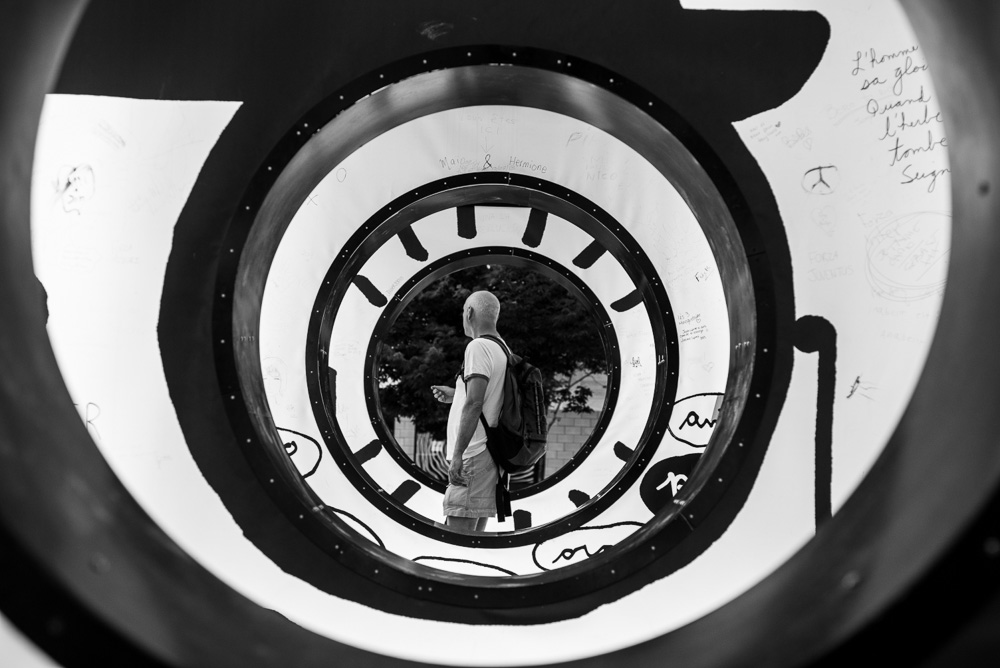
Pentax – make some excellent camera bodies, in particular the latest K3 that has pretty much everything you could want from a camera. Ergonomics are usually excellent, as is the build quality, and the image quality of the current sensors is top. Pentax also offer an excellent range of lenses. If you want an entry or mid-range DSLR Pentax would be my first recommendation as neither Nikon nor Canon can match them on quality lenses of a suitable size, especially prime lenses.
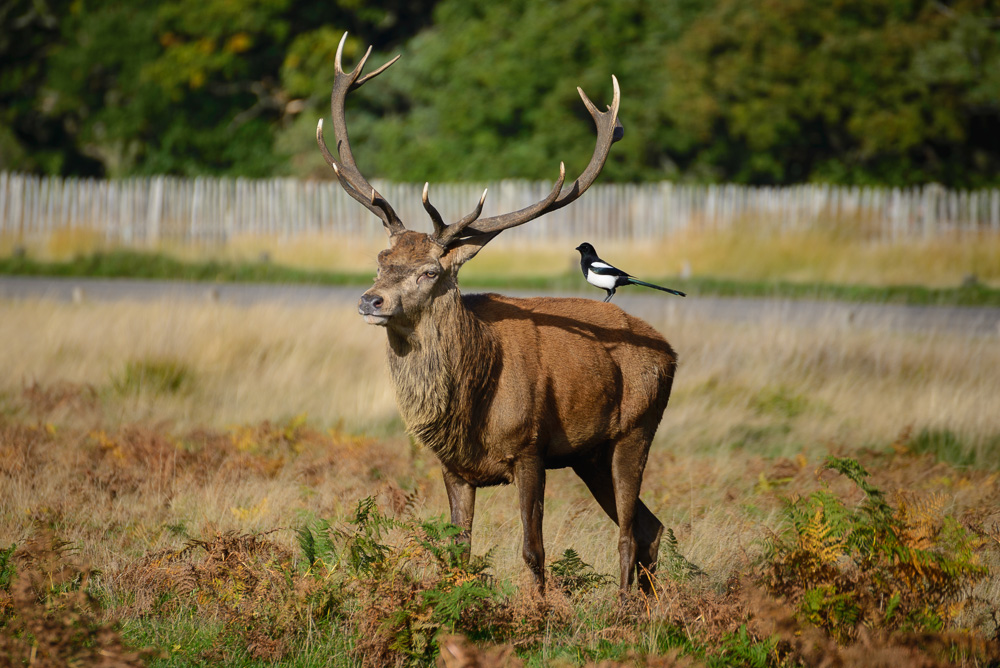
Samsung – are the manufacturer that baffles me most, in particular as I fail to see how putting the smartphone operating system Android into a camera is a good idea if that camera then takes over half a minute just to turn on. The lenses and sensors seem to be decent though and if you like the look of the cameras it may be worth trying them.
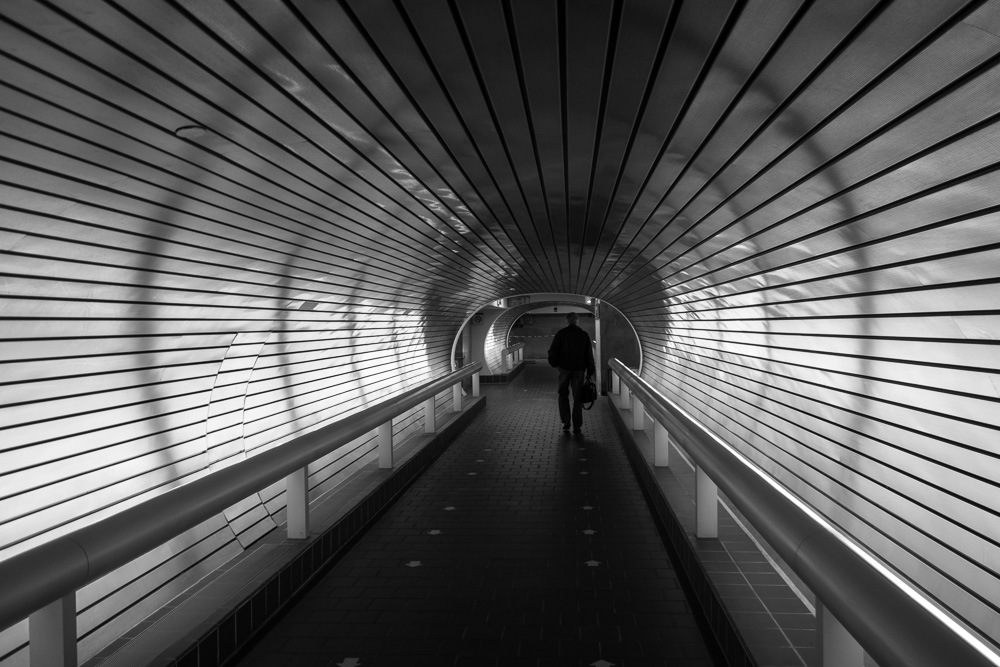
Sony – are also confusing, but in a very different way to Samsung. Sony engineers turn out one great thing after the other - so many that you can come to the conclusion that their policy is: "Let's try everything and see what sticks." Sony redefined the compact camera genre with the ground-breaking RX100, they built the first full-frame “compact camera”, the RX1, they developed translucent mirrors and now the first interchangeable lens full frame mirrorless system with autofocus. Yes, they are as technology focussed as it sounds and while their approach gives you a great range to choose from it also seems to me that the broad spread keeps them from making most of their potential. Sony are still catching up on the lens range and they are confusing their customers with different lens and camera systems. Even so Sony usually offer great image quality (if you get the lenses you want) and they keep innovating, so worth a look.
Camera recommendations
And now, without further ado, my camera recommendations. If you want…
… the best image quality: Nikon D800(e). No other DSLR can match it in resolution and the other characteristics of the sensor such as dynamic range are outstanding too. It is also a darn good camera. The new Sony ?7R may match the Nikon with regards to the sensor, but not on autofocus and not on lenses. If you want image quality almost as good consider the Nikon D610 or, if you can get a model that has had the shutter fixed, the D600 – the latter is a serious bargain in terms of sensor quality.

… the best image quality you can get from a compact camera: Sony RX1, if you accept that a compact camera can be too big to fit your jacket pocket, don't need a zoom lens or fast autofocus and are willing to pay £2500. If you want almost as good but smaller and for 1/3 of the price take the Nikon Coolpix A. Take the Ricoh GR if you want the same just smaller, lighter, cheaper and with marginally less sensor quality but a better lens. Actually, just take the Ricoh GR. It is that good.
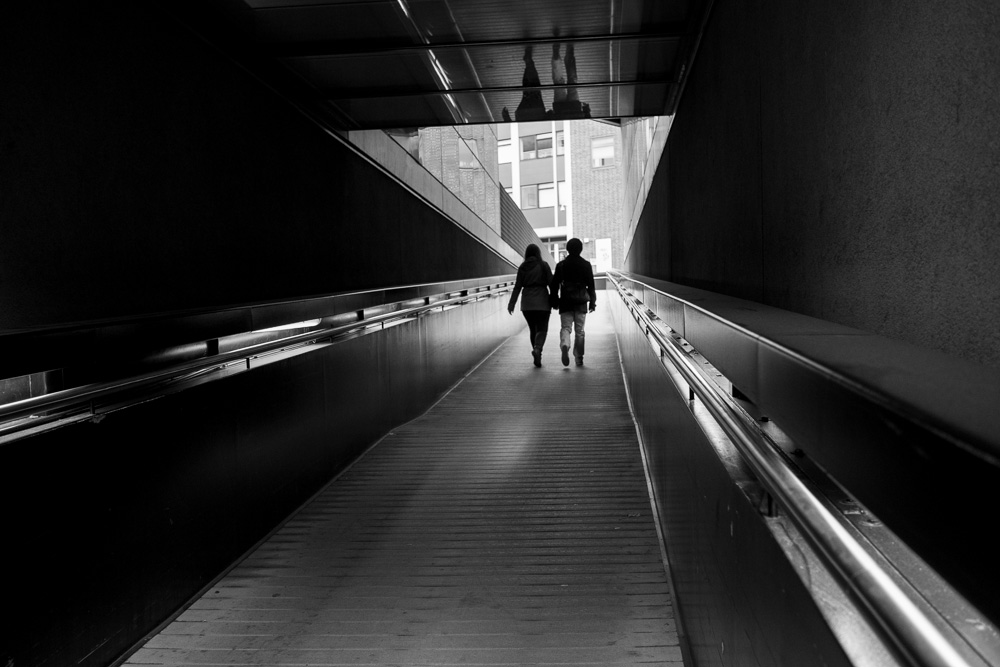
… a state of the art DSLR that is not as big or expensive as the pro models: Pentax K3, hands down the most interesting crop sensor DSLR with a great sensor, superior build quality, good ergonomics, great range of suitable lenses and interesting features such as in-body stabilisation and an AA filter you can activate if needed. Sure, the Nikon D7100 or the Canon 70D can be good cameras too but neither beats the Pentax on features (unless you need fast live view autofocus, in which case go for the Canon) or lenses.
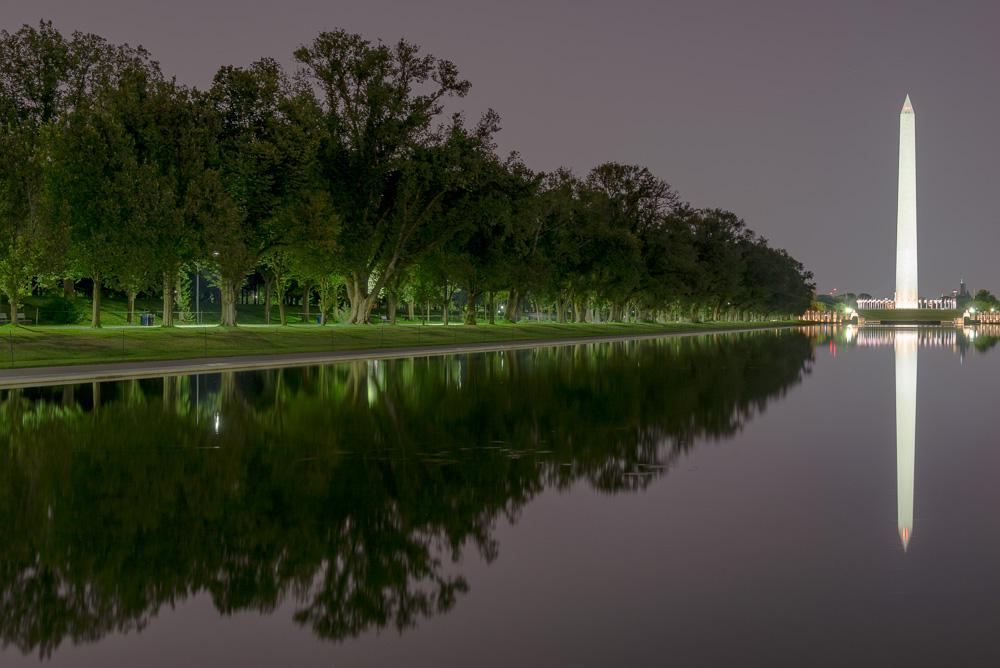
… great image quality and ergonomics for a relatively smallish price: Nikon D7000 and Pentax K5-II. Sure, they are not the newest models, but unless you can explain clearly why they don't suffice you shouldn’t need anything else.
… cheaper but still versatile and good: if the D7000 is too expensive or big, look for older Nikon or Canon models, in particular the highly regarded Nikon D90 or the Canon 500D. They are a few years old but can still take stunning photos.
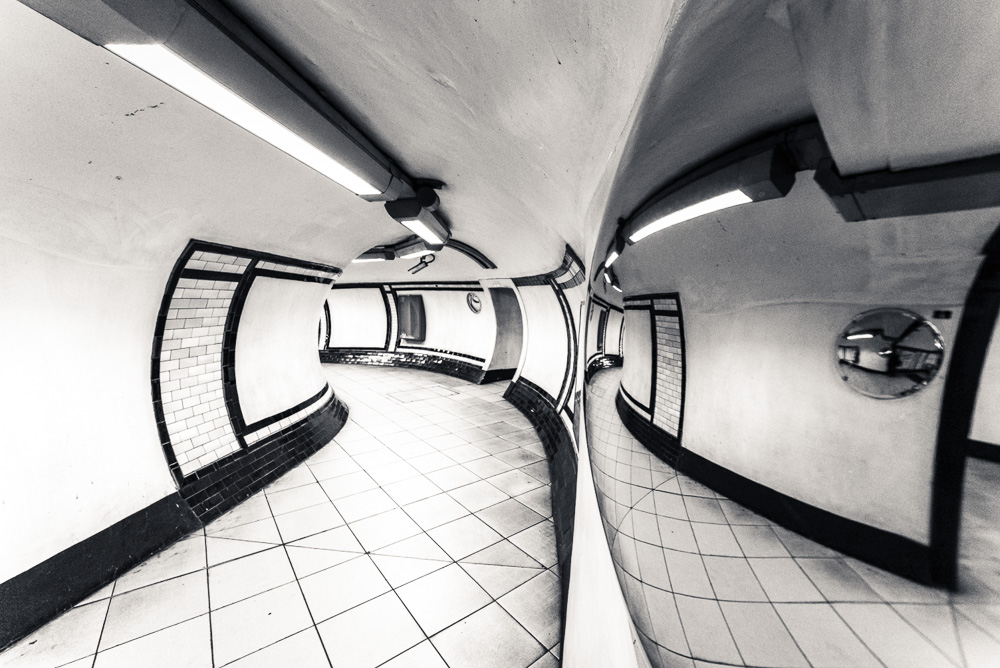
… professional quality with small form factor: Olympus OM-D E-M1 (or E-M5 if you want it smaller and cheaper but with less features and a smaller viewfinder). You can shoot it in the shower, in snow and ice, it stabilises even the most shaky hands, has a huge viewfinder and good ergonomics plus excellent lenses available.
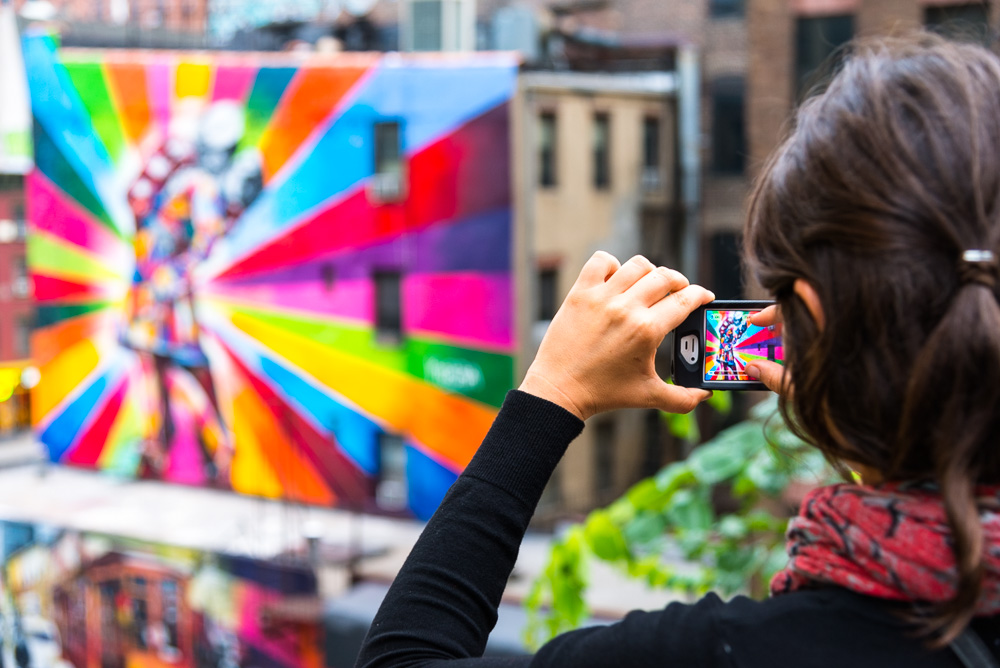
… great video: Panasonic GH3. Panasonic is the video expert among the camera makers and the GH3 is their top of the line camera. Well, you could consider Canon's 5D3 that's also excellent for video, it just costs 2.5x as much.
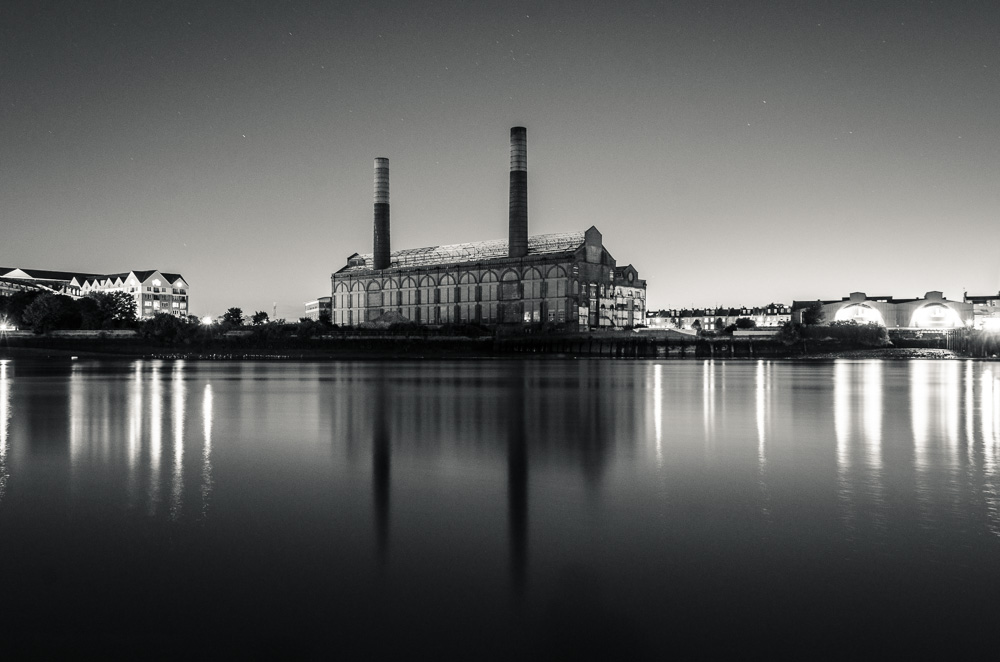
… versatile camera that meets most professional needs: Canon 5D3. Admittedly, this is a somewhat odd category but while the 5D3 doesn’t really stand out in any particular field, perhaps with exception of the autofocus, it is a very solid camera overall and I love how it feels in my hands.
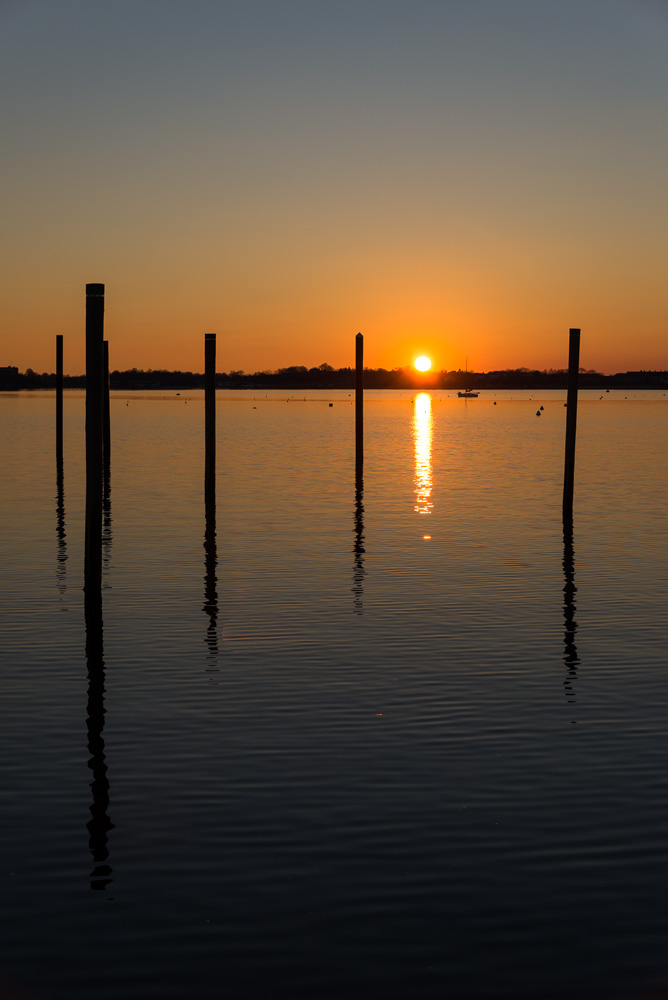
… small, fun, cheap-ish: Panasonic GF5. Sure, no viewfinder and old sensor, but it is small, has a great touch screen and is so much fun to shoot. Admittedly a personal recommendation but grab one and you may see what I mean.
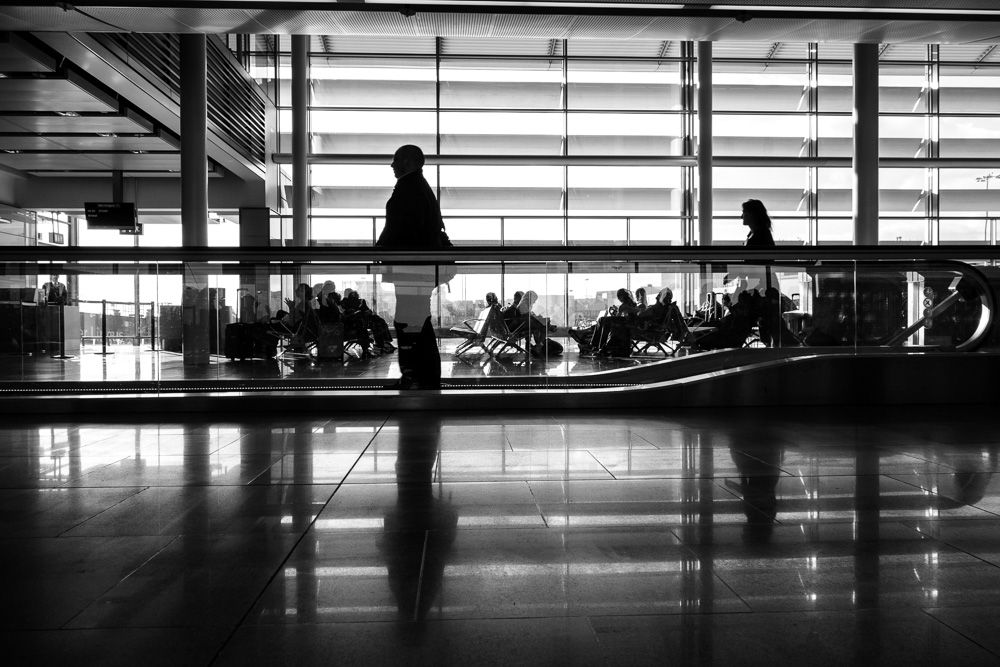
… high speed, low noise: Nikon 1 V2. The V2 is somewhat ugly but it has a class leading autofocus and can rival a machine gun when it comes to speed and a vacuum when it comes to noise.
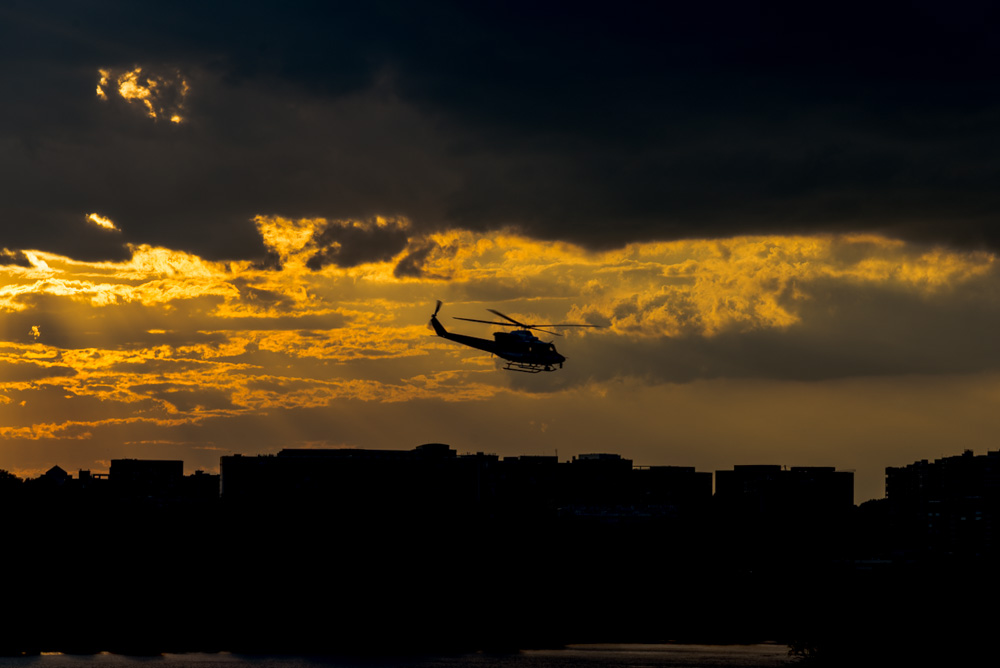
… retro look, rangefinder style, great image quality: Fuji X100S, if you can live with a fixed lens, or Fuji X-E2 if you want to be able to change lenses. These are "slower" cameras for deliberate shooters who like retro looks and love photos with great detail, even at low light. Fuji may not have as many lenses as some of the other manufacturers, but it is a very usable range.
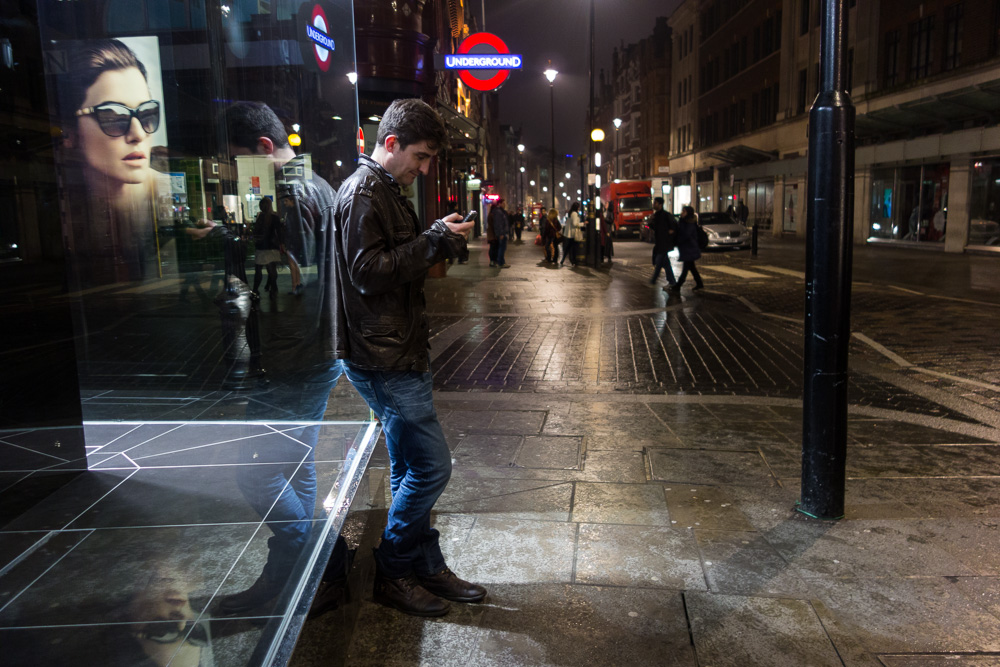
… powerful, versatile compact camera: Sony RX100. A game changer, a compact camera that in many ways makes bigger cameras superfluous. Only bother with the more expensive RX100 II if you really want a viewfinder and/or tilt screen. For many people this tiny camera can replace a DSLR.
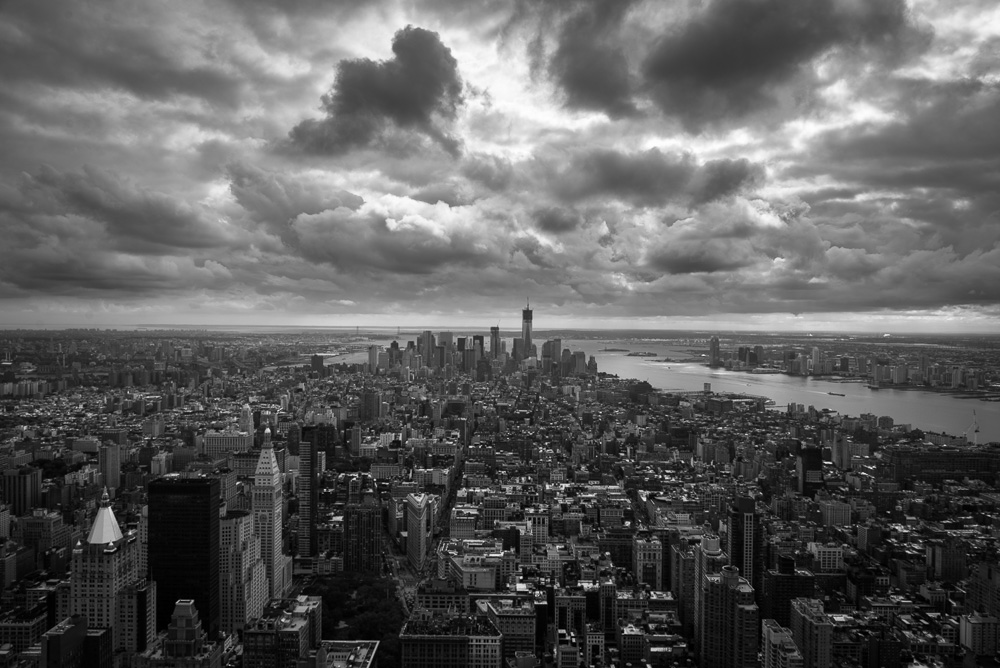
… discreet and versatile: Panasonic GX7. A handsome small-ish camera that has a tiltable viewfinder, pretty much everything you could want and can be set to shoot without making any sound at all - great for candid shots. Unless you photograph a lot of moving targets this can replace most DSLRs. Make sure to check out whether the viewfinder suits you before you buy it.
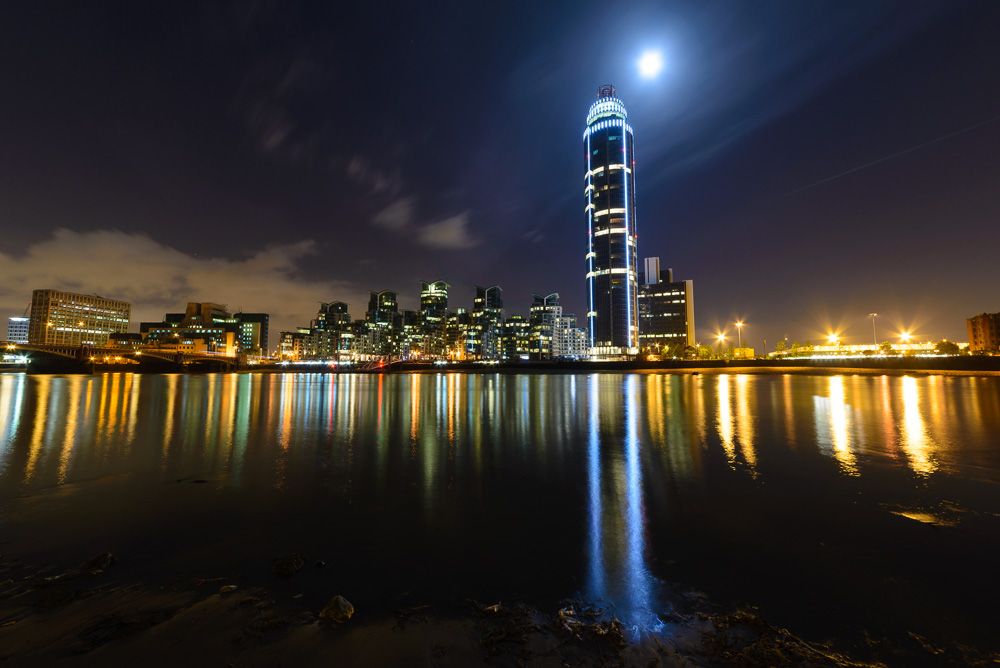
… a replacement for your camera: unless you clearly know where it lets you down or you enjoy buying cameras I’d suggest just to keep your old model. Sure, new technology is always better, but be sure it really will help you to take better photos before you buy one. You could just put the money into better lenses, a photo course or a photo holiday.
More photos are on my Flickr in case you are interested.
